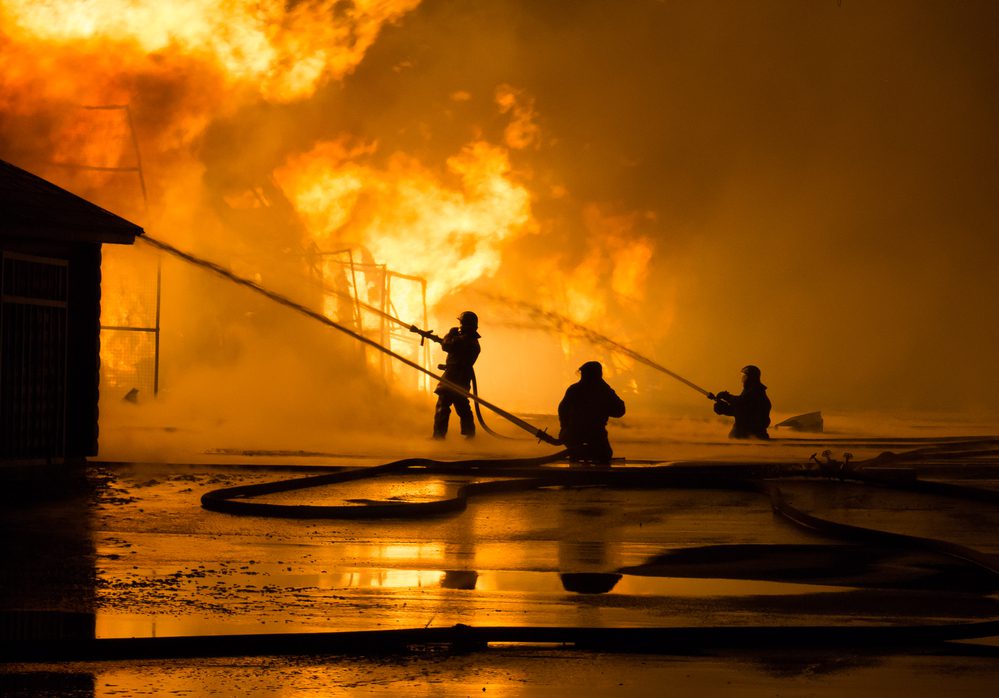Up in Smoke

,
Nicholas Palumbo, MS, CFEI, Fire Cause and Origin Expert
Case Synopsis: A fire broke out at a two and a half story twin, single-family dwelling. Fire fighters reported a heavy smoke condition upon arrival, with fire in evidence at the first-floor rear of the structure. The Inspector from the Fire Marshal’s Office examined the scene and determined that the fire originated in the kitchen and was the result of a failure within a chest freezer.
Expert Analysis: An investigation of the home’s exterior was conducted. Heavy smoke staining from all first-floor windows was noted. The interior examination was conducted by working from the least damaged area(s) to the most severely damaged area(s). This examination led to the kitchen, which sustained severe damage to both building and contents. Remaining portions of the structure sustained moderate to severe damage to the building and contents. Examination of the circuit breaker panel, the Arcoaire (natural gas fueled, forced hot air furnace) and the natural gas fueled water heater indicated that they were not involved with the fire’s cause and thus were eliminated.
A careful and detailed examination of the fire scene revealed a partial “V-pattern” along the wall behind the cook stove. The overhead wall cabinets were completely burned away. Removal of fire debris from the top of the cook stove revealed another partial “V-pattern” on the splash area of the cook stove coming from the right rear burner, and two fry pans on each of the rear burners. Examination of the burner knob controls found the right rear burner in the “ON” position. Reconstruction of the area of fire origin indicated that the fry pan located on the right rear burner had a liquid ring mark inside of it, and the wood handle was severely charred. The underside of the fry pan had a considerable amount of grease attached to it and a slight outline of the burner resting plate. The ceiling area directly above the stove was extremely burned and charred. Examination of the chest freezer did not reveal damages of any kind to the electrical power cord; however, the refrigerant line was slightly burst, which can be attributed to the heat from the fire directly impinging on the line, causing it to burst.
Conclusion: Based on a careful and detailed examination of the loss site and interviews conducted, it was opined that the fire originated within the kitchen of the structure, at the location of the right rear burner of the natural gas-fueled cook stove. The fire was determined to be accidental in causation – the result of unattended cooking.
Nicholas Palumbo, MS, CFEI, Fire Cause and Origin Expert with DJS Associates, Inc., can be reached via email at experts@forensicDJS.com or via phone at 215-659-2010.
Tags: Nicholas Palumbo


